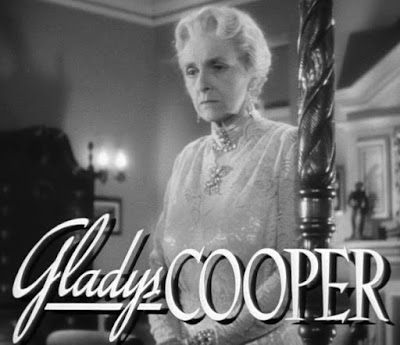Bogey and Bette. Like faithful friends, they just keep coming around.
I spent a Jesusly long time, weeks, practically fastened to a chair, laid out like I was in a sarcophagus of heated blankets and squashy pillows. And I watched movies, and movies, and movies, until I was right sick of it. Even my favorites on Turner Classics wore thin after a while, or just weren't as great as I used to think.
It's only now I'm crawling out into the light, more or less, with plenty of backsteps. My newly-reorganized digestive works are still trying to make the adjustment, but I was glad to see I don't need to see the doc until March 6. I want to blow the whole thing off, as she is glib and superficial and self-interested enough to let me do just that. NEXT!!!
I have never been sick before, at least not like this, and it was an ordeal greater than anything I have endured (up to now). I believe, though no one ever spelled it out for me, that I nearly died twice. The hospitalization of 2 days went on, and on, and on, for nearly 2 weeks. It's one long surreal nightmare, but I am slowly putting distance between myself and the horrors. The mental recovery has been the worst. Slowly, bit by painful bit, I am getting my life back, but it is anything but a straight line.
And I will admit, or just state, that I've been using THC oil judiciously, and it IS actually stimulating my appetite. I lost a good 8 pounds after returning home, and though I'm not exactly a bag of bones, it's weird for me how I have had to reverse everything I've ever done (or thought of doing) with food
All my life, and I mean ALL my life, I have counted calories and felt stabs of guilt if I indulged too much in anything. Now I must flip this on its head and INCREASE my calories, or I will end up sicker, weaker, and more prone to further medical collapse. I can't afford this, but I cannot tell you how impossible it is to eat anything at all when you are either nauseated, or just have zero appetite. All the way through this, there has been a great deal of finger-wagging because "you're not eating!". From nurses, from doctors, even from my family. But the greyish-green plastic trays of steamed slop they call food often made me literally retch, and that's without even tasting it. Prison food would be better.
I wasn't going to go back there. But a scar is a scar. I suppose if I have another one of these, it will likely kill me, or leave me so disabled and dwindled that I won't want t live any more.
Had it not been for the visits from my delightful grandkids, I would have succumbed to despair. I know this, because I was suicidal for weeks. I just was, often leading to MUCH more and more brisk finger-wagging: "How can you do this to your family?" - meaning, MY loss wouldn't really matter too much anyway. Or it sure seems that way.
I don't think anyone reads this blog any more, but I do it for me, and so that I can look up things I posted years ago. And the comments, which I do get, are always on really old ones. I won't try to figure out how they found them, or why.
So I have to get on with my day, which is (very) gradually approaching my old life, the one I love so much, basically because it is MINE and no one dares to take it away.


















































